 W
WThis article lists the Imerina monarchs, from the earliest origins of the Merina monarchy until the French conquest of the Merina Kingdom during the Second Madagascar expedition.
 W
WAndriamangarira was a king from the Merina Kingdom in Madagascar. He founded the city of Antsahadinta in around 1725. He was the grandson of King Andriamasinavalona, son of Princess Ravololondrenitrimo of Ambohimiakoja, one of his nieces, with a certain Andriamifonozozoro, King of Ivatobe Ambodirano Imerinatsimo. The tomb of Andriamangarira and his tranomasina are still visible at Antsahadinta. After his death in 1775, his second son Andriambolamena succeeded him to the throne of Antsahadinta. Their descendants constitute the clan of Zanamangarira and their territories extend into Ankibonimerina from Miadanimerina Avaratra, Ambatomahabodo, Finaritra and Soaray; to Vakinankaratra at Isoavina, Ambatoharanana, Tsarafaritra, Antetezambato, Miadanimerina Atsimo and Ankotsaka. The whole of the territories is called Anjanamangarira.
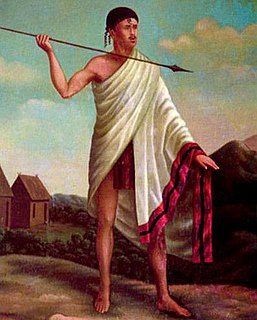 W
WAndrianampoinimerinā (1745–1810) ruled the Kingdom of Imerina from 1787 until his death. His reign was marked by the reunification of Imerina following 77 years of civil war, and the subsequent expansion of his kingdom into neighboring territories, thereby initiating the unification of Madagascar under Merina rule. Andrianampoinimerina is a cultural hero and holds near mythic status among the Merina people, and is considered one of the greatest military and political leaders in the history of Madagascar.
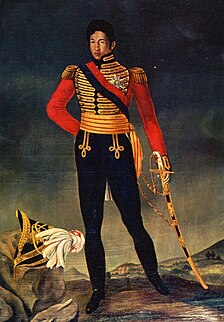 W
WRadama I "the Great" (1793–1828) was the first Malagasy sovereign to be recognized as King of Madagascar (1810-1828) by a European state. He came to power at the age of 18 following the death of his father, King Andrianampoinimerina. Under Radama's rule and at his invitation, the first Europeans entered his central highland Kingdom of Imerina and its capital at Antananarivo. Radama encouraged these London Missionary Society envoys to establish schools to teach tradecraft and literacy to nobles and potential military and civil service recruits; they also introduced Christianity and taught literacy using the translated Bible. A wide range of political and social reforms were enacted under his rule, including an end to the international slave trade, which had historically been a key source of wealth and armaments for the Merina monarchy. Through aggressive military campaigns he successfully united two-thirds of the island under his rule. Abuse of alcohol weakened his health and he died prematurely at age 35. He was succeeded by his highest-ranking wife, Ranavalona I.
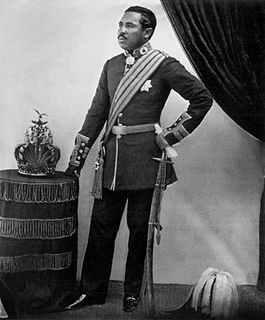 W
WRadama II was the son and heir of Queen Ranavalona I and ruled from 1861 to 1863 over the Kingdom of Madagascar, which controlled virtually the entire island. Radama's rule, although brief, was a pivotal period in the history of the Kingdom of Madagascar. Under the unyielding and often harsh 33-year rule of his mother, Queen Ranavalona I, Madagascar had successfully preserved its cultural and political independence from European colonial designs. Rejecting the queen's policy of isolationism and persecution of Christians, Radama II permitted religious freedom and re-opened Madagascar to European influence. Under the terms of the Lambert Charter, which Radama secretly contracted in 1855 with French entrepreneur Joseph-François Lambert while Ranavalona still ruled, the French were awarded exclusive rights to the exploitation of large tracts of valuable land and other lucrative resources and projects. This agreement, which was later revoked by Prime Minister Rainilaiarivony, was key to establishing France's claim over Madagascar as a protectorate and, in 1896, as a colony.
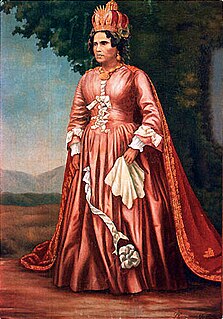 W
WRanavalona I, also known as Ranavalo-Manjaka I, was sovereign of the Kingdom of Madagascar from 1828 to 1861. After positioning herself as queen following the death of her young husband, Radama I, Ranavalona pursued a policy of isolationism and self-sufficiency, reducing economic and political ties with European powers, repelling a French attack on the coastal town of Foulpointe, and taking vigorous measures to eradicate the small but growing Malagasy Christian movement initiated under Radama I by members of the London Missionary Society. She made heavy use of the traditional practice of fanompoana to complete public works projects and develop a standing army of between 20,000 and 30,000 Merina soldiers, whom she deployed to pacify outlying regions of the island and further expand the realm. The combination of regular warfare, disease, difficult forced labor and harsh trials by ordeal using a poisonous nut from the Tangena shrub resulted in a high mortality rate among both soldiers and civilians during her 33-year reign, with Madagascar's population reducing from 5 million in 1833 to 2.5 million in 1839.
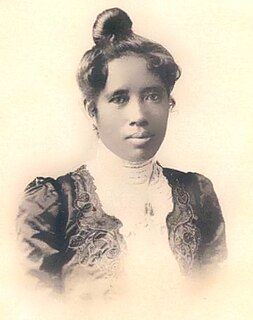 W
WRanavalona III was the last sovereign of the Kingdom of Madagascar. She ruled from July 30, 1883 to February 28, 1897 in a reign marked by ultimately futile efforts to resist the colonial designs of the government of France. As a young woman, she was selected from among several Andriana qualified to succeed Queen Ranavalona II upon her death. Like both preceding queens, Ranavalona entered a political marriage with a member of the Hova elite named Rainilaiarivony, who largely oversaw the day-to-day governance of the kingdom and managed its foreign affairs in his role as prime minister. Ranavalona tried to stave off colonization by strengthening trade and diplomatic relations with foreign powers throughout her reign, but French attacks on coastal port towns and an assault on the capital city of Antananarivo led to the capture of the royal palace in 1895, ending the sovereignty and political autonomy of the century-old kingdom.
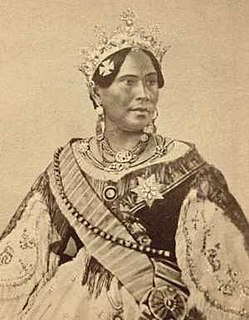 W
WRasoherina was Queen of Madagascar from 1863 to 1868, succeeding her husband Radama II following his presumed assassination.